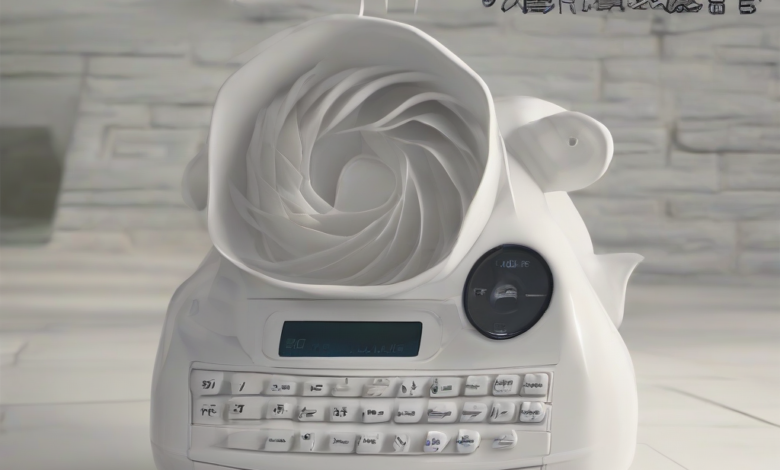Air Conditioner Service: A Comprehensive Guide to Maintenance, Repair, and Installation

Air Conditioner Service: A Comprehensive Guide to Maintenance, Repair, and Installation
Maintaining a comfortable indoor temperature is crucial for both well-being and productivity. Air conditioners play a vital role in achieving this, but their efficient operation requires regular service and maintenance. This comprehensive guide will delve into the various aspects of air conditioner service, covering maintenance, repair, and installation procedures, helping you understand how to keep your AC unit running smoothly and efficiently.
Understanding Your Air Conditioner
Before diving into service procedures, understanding the components and functionality of your air conditioner is essential. Most residential units are split systems, consisting of an outdoor unit (condenser) and an indoor unit (evaporator). The condenser houses the compressor, condenser coil, and fan, while the evaporator contains the evaporator coil, blower fan, and air filter.
- Compressor: The heart of the system, compressing refrigerant to a high-pressure gas.
- Condenser Coil: Releases heat from the refrigerant, cooling it down.
- Condenser Fan: Dissipates heat from the condenser coil.
- Evaporator Coil: Absorbs heat from the indoor air, cooling it.
- Blower Fan: Circulates cooled air throughout the room.
- Air Filter: Traps dust and debris, preventing them from entering the evaporator coil.
- Refrigerant: The substance that absorbs and releases heat, facilitating cooling.
Regular Air Conditioner Maintenance
Regular maintenance is crucial for extending the lifespan of your air conditioner and ensuring optimal performance. A well-maintained unit will consume less energy, operate more quietly, and provide more consistent cooling.
DIY Maintenance Tasks
- Clean or replace the air filter: This should be done every 1-3 months, depending on usage and environment. A dirty filter restricts airflow, reducing efficiency and potentially damaging the system.
- Inspect the outdoor unit: Ensure the area around the condenser unit is clear of debris, leaves, and grass clippings. These obstructions can hinder airflow and reduce efficiency. Also, check for any signs of damage or leaks.
- Clean the condenser coils: Use a coil cleaning brush or vacuum cleaner with a brush attachment to gently remove dirt and debris from the fins. This improves heat dissipation and efficiency.
- Check for refrigerant leaks: While this requires some expertise, visually inspecting for any signs of leaks (oil stains or frost) is advisable. Suspected leaks should be addressed by a qualified technician.
Professional Air Conditioner Maintenance
While DIY maintenance is beneficial, professional service is recommended at least once a year, ideally before the peak cooling season. A qualified technician will perform a more thorough inspection and maintenance, including:
- Comprehensive system inspection: Checking all components for wear and tear, potential problems, and leaks.
- Refrigerant level check: Measuring the refrigerant level and adding refrigerant if necessary.
- Electrical component check: Inspecting wiring, connections, and electrical components for safety and functionality.
- Cleaning and lubrication: Cleaning internal components and lubricating moving parts to ensure smooth operation.
- Performance testing: Assessing the efficiency and performance of the unit, identifying areas for improvement.
Air Conditioner Repair
Despite regular maintenance, air conditioners can still experience malfunctions. Recognizing common problems and knowing when to call a professional is essential.
Common Air Conditioner Problems
- Lack of cooling: This could be due to a dirty filter, refrigerant leaks, compressor failure, or other issues.
- Strange noises: Unusual sounds like rattling, clicking, or humming often indicate problems with the compressor, fan, or other components.
- Water leaks: Leaks can be caused by clogged drain lines, condenser coil issues, or refrigerant leaks.
- Frozen evaporator coil: This usually indicates restricted airflow or low refrigerant levels.
- Inconsistent cooling: Uneven cooling throughout the house might signify problems with airflow distribution or ductwork.
When to Call a Professional
While minor issues like filter cleaning can be handled independently, many problems require the expertise of a qualified HVAC technician. Call a professional if you notice:
- Significant refrigerant leaks: Refrigerant handling requires specialized equipment and knowledge.
- Compressor failure: The compressor is a complex component requiring professional repair or replacement.
- Electrical problems: Working with electrical components requires caution and expertise to avoid electrical hazards.
- Major leaks: Water leaks can cause damage to your home and should be addressed promptly.
- Persistent issues despite DIY troubleshooting: If you’ve tried basic troubleshooting and the problem persists, it’s best to call a professional.
Air Conditioner Installation
Installing an air conditioner correctly is crucial for its efficient operation and longevity. Proper installation involves careful consideration of factors like unit size, location, and ductwork.
Factors to Consider for Air Conditioner Installation
- Sizing the unit: The unit should be appropriately sized for the space it’s intended to cool. An undersized unit will struggle to cool the space effectively, while an oversized unit may cycle on and off frequently, reducing efficiency and increasing wear and tear.
- Location of the units: The indoor and outdoor units should be strategically placed to maximize efficiency. The outdoor unit should be in a well-ventilated area, away from obstructions.
- Ductwork considerations: Properly sized and sealed ductwork is essential for efficient airflow. Leaks and poorly designed ductwork can significantly reduce cooling efficiency.
- Electrical requirements: The unit must be connected to a properly sized electrical circuit to prevent overloading and potential hazards.
- Professional installation: Air conditioner installation is a complex process best left to experienced professionals. Improper installation can lead to reduced efficiency, damage to the unit, and safety hazards.
The Installation Process
A professional installation typically involves the following steps:
- Site assessment: Determining the best location for the indoor and outdoor units, considering factors like accessibility, ventilation, and electrical connections.
- Ductwork installation or modification: Installing or modifying existing ductwork to ensure proper airflow.
- Unit installation: Securing the indoor and outdoor units in their designated locations.
- Electrical connections: Connecting the unit to the electrical system.
- Refrigerant charging: Filling the system with the correct amount of refrigerant.
- System testing and commissioning: Testing the system’s performance and ensuring it’s operating correctly.
Choosing an Air Conditioner Service Provider
Selecting a reputable air conditioner service provider is critical for ensuring quality service and avoiding potential problems.
- Check credentials and licenses: Ensure the provider is licensed and insured to perform the necessary services.
- Read reviews and testimonials: Check online reviews and testimonials to assess the provider’s reputation and customer satisfaction.
- Request quotes from multiple providers: Comparing quotes from different providers helps you find the best value for your money.
- Inquire about warranties and guarantees: Understand the provider’s warranties and guarantees on parts and labor.
- Ask about maintenance contracts: Consider a maintenance contract for regular service to keep your unit running efficiently and extend its lifespan.
Conclusion: So above is the Air Conditioner Service: A Comprehensive Guide to Maintenance, Repair, and Installation article. Hopefully with this article you can help you in life, always follow and read our good articles on the website: lorespressozim.com



